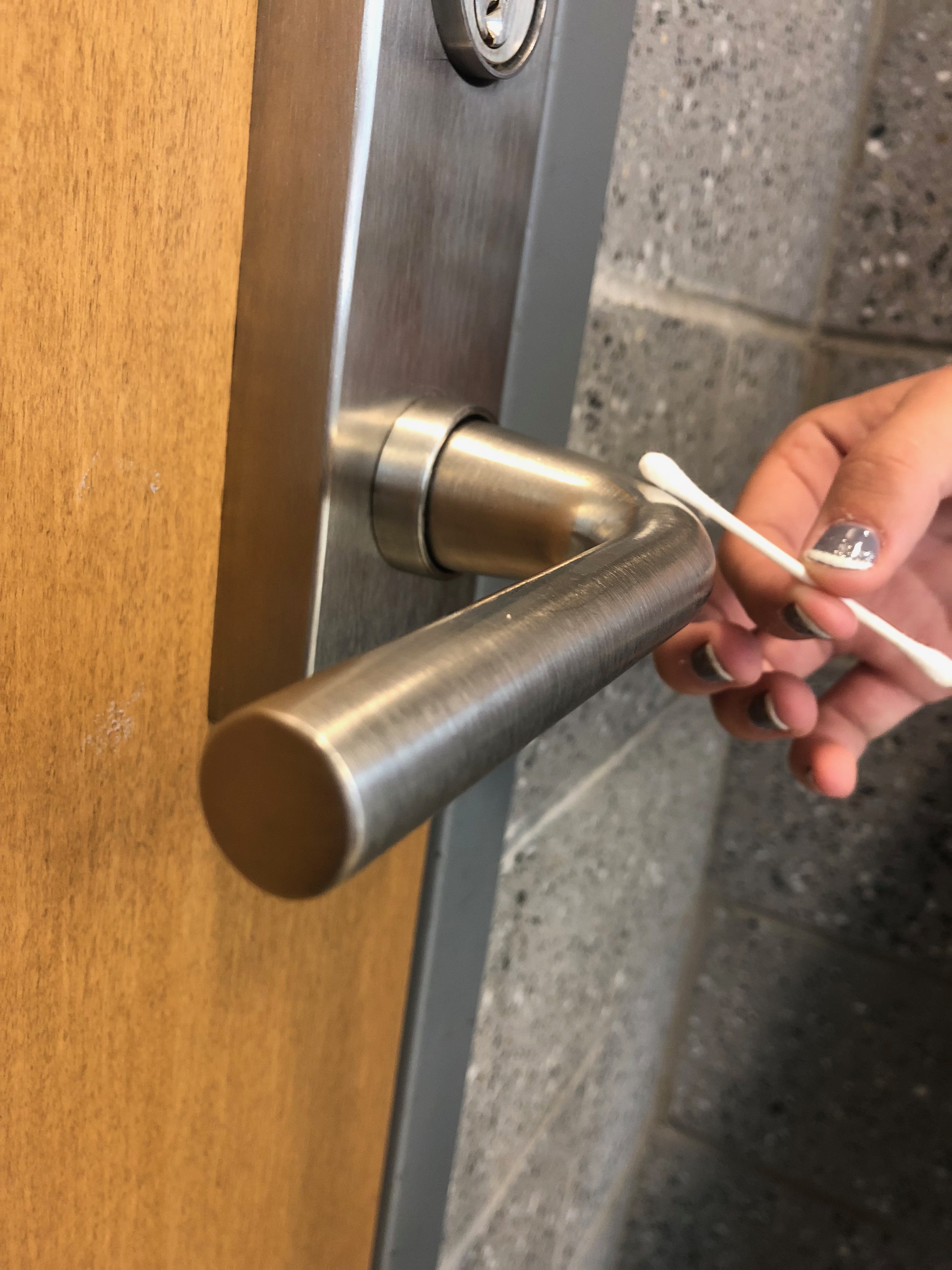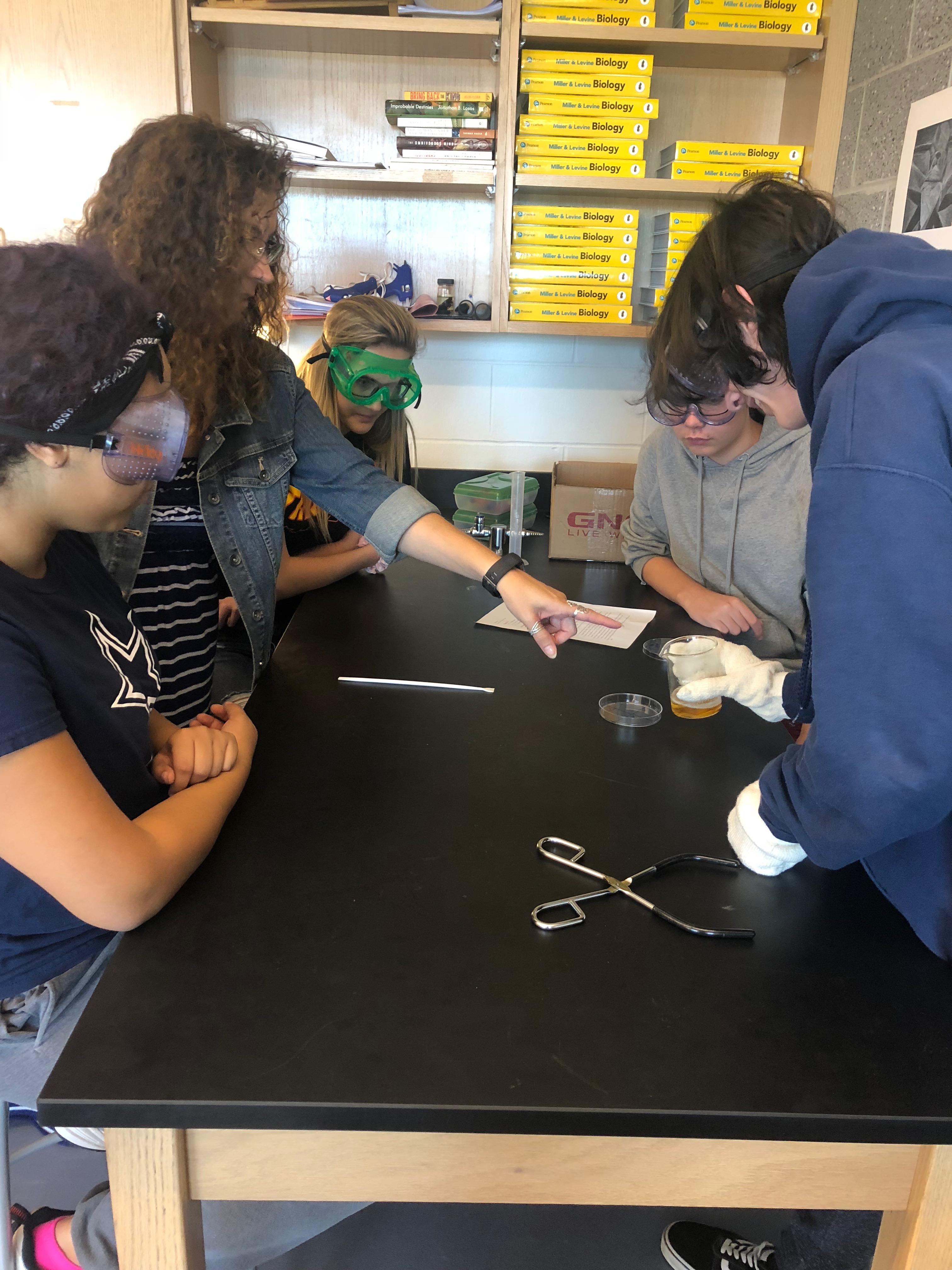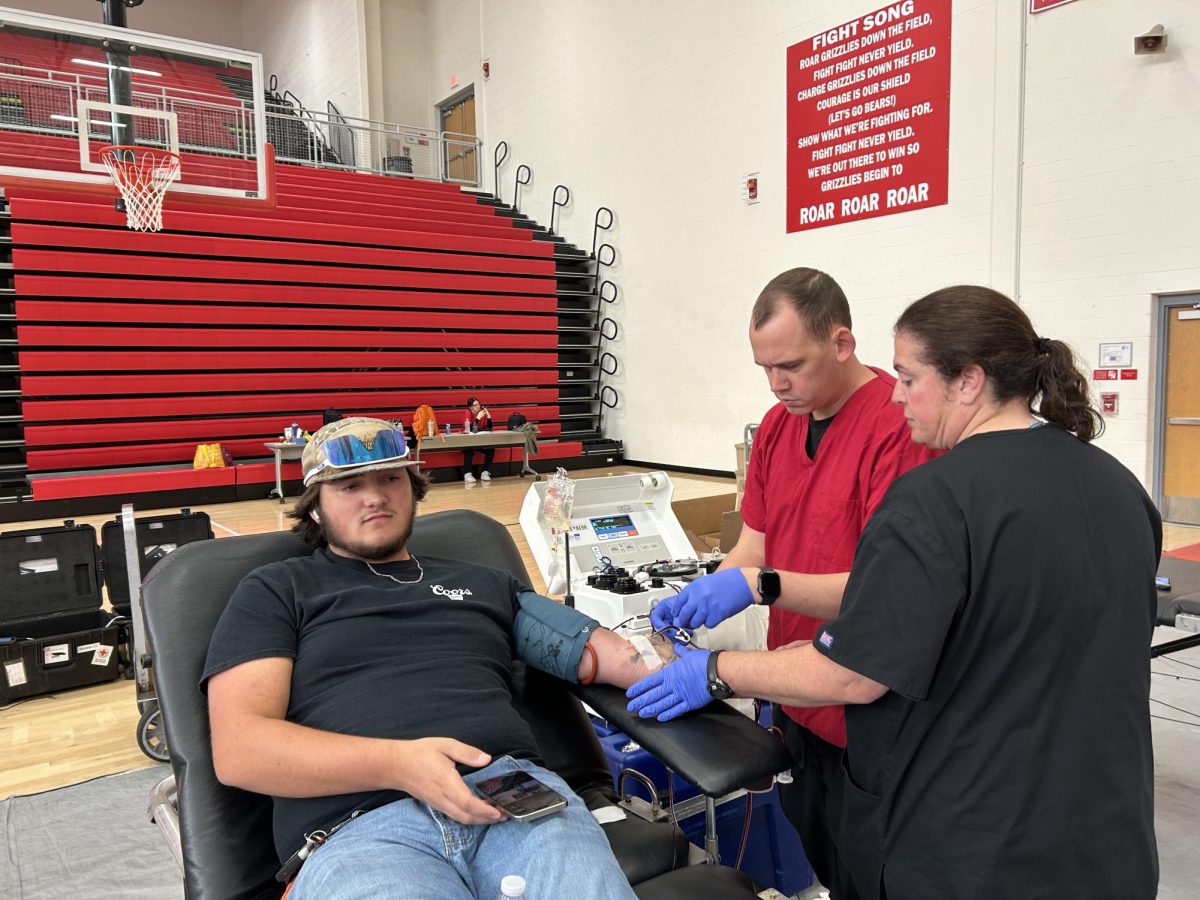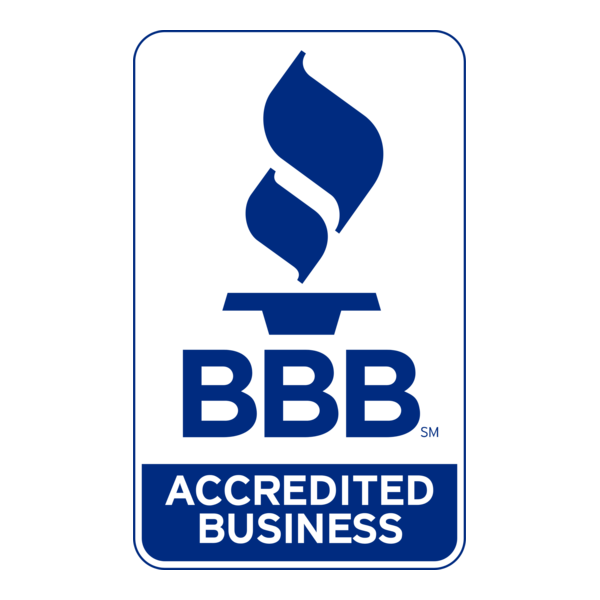BY ANNA WOLFINGER
Students are more at risk of becoming sick from school than any other place. According to the International Sanitary Supply Association, 22 million school days are lost annually to the common cold. Unhealthy school environments are proven to affect students’ health, attendance, concentration, and performance.
The average student misses 4.5 days of school each year, and the typical teacher misses approximately 5.3 days a year. Regularly absent students are 7.4% more likely to drop out of school. Students could be at high risk if 100% of the bacteria is physically impossible to kill.
Some germs still remain after cleaning and can be especially threatening if they are on the surfaces every student comes into contact with. Water fountain spigots carry about 2.7 million colonies of bacteria per square inch, toilet seats contain 3,200 and computer keyboards have 3,300. Once multiple students touch these surfaces, germs can quickly spread and eventually cause illness.

To see just how much bacteria the school accumulates over time, swabs of the front doors and the door handles of every classroom in the 2100 hallway were put to the test with the help of science teacher, Mr. Jurey. Swabbing the two locations with a Q-tip, once at the beginning of the day and again after school, students rubbed the bacteria into a petri dish containing agar where it would grow. The dishes are placed into incubation for the germs to accrue.
“The incubator is held at the body temperature of 98.6 degrees Fahrenheit, since these are the ideal conditions for bacteria to grow,” said Jurey.
After letting the dish sit for a few days, the bacteria developed immensely, and the differences were drastic.
“There was significantly more bacteria in the quadrants where the swabs were recorded after the school day,” said Jurey.
The front and back doors were remarkably dirtier at the end of the day opposed to in the morning. The door handles had the same result; surfaces became filthier over the course of the school day. Thankfully, these germs are cleaned before the next school day.
“The high school is cleaned every night; we have a group of custodians that start to come in between 2:30 p.m. and 3:30 p.m.,” said Scott Larch, the Supervisor of Facilities and Grounds of the Wadsworth City School District. “They clean every room, vacuum, wipe down hard surfaces while also cleaning and disinfecting the restrooms everyday.”
This sanitation process is critical, especially after a full school day of students, some ill, touching every part of the building. Due to the cleaning schedule, the early morning is the cleanest part of the day and the healthiest period.
However, almost every student touches the dirtiest parts of the school, bringing germs and sickness home with them. The dirtiest parts of any school include drinking fountains, desks, bathroom doors and cafeteria tables. With all of these surfaces cleaned everyday, there is still bacteria left over that can eventually be harmful.

Cleaning products like hand sanitizer, Windex, Clorox and Lysol, all claim to kill 99.9% or 99.99% of germs. While this might be true, there is still 0.1% of bacteria left that could have a drastic effect if not accounted for. Typically, this 0.1% of bacteria out of one hundred percent does not pose a threat to our health due to its small size. But the problem is when it multiplies. According to the U.S. Food and Drug Administration, bacterium can double within 20 to 30 minutes.
Once this chemical-resistant bacteria grows, it can have a serious effect on health, especially that of students. The only organization able to achieve complete cleanliness is the EPA.
While this applies to at-home cleaning remedies and products, Wadsworth’s custodians use a much more powerful chemical to reduce this phenomenon and completely sterilize the building.
“We use a disinfectant cleaner that is used in health care and other facilities where cleaning and prevention of cross contamination is critical,” said Larch.
The reduction of bacteria and sickness starts with the students. Washing hands periodically and using hand sanitizer can substantially reduce the spread of illness and help the cleanliness of the building before the school day starts.
While we have hard working custodians who physically clean as much as they can, the unaccounted for bacteria are the culprits to our monthly colds or yearly flus. Preventing illness from spreading is essential for the healthiness, safety, education, and attendance for those who are at Wadsworth High School each day.




































![Wadsworth's Class Of 2025 Walks At Graduation Ceremony [Photo Gallery]](https://wadsworthbruin.com/wp-content/uploads/2025/05/IMG_9018-1-1200x800.jpg)
